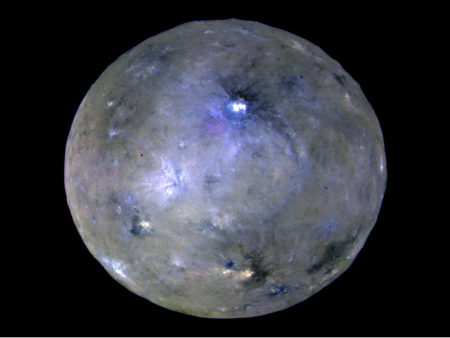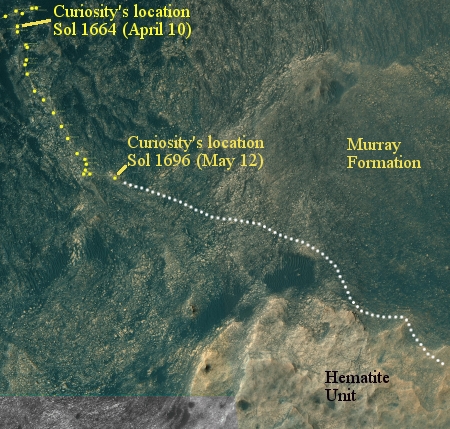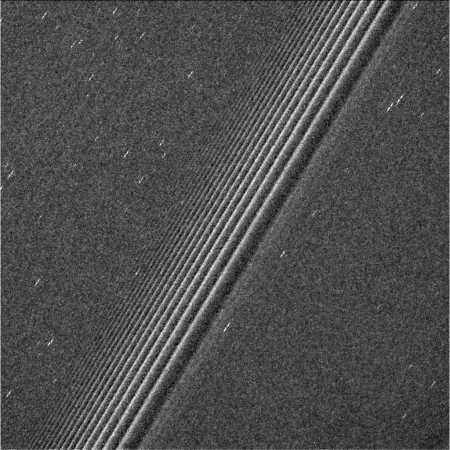This report by Eric Berger of Ars Technica, describing the press teleconference today where NASA announced that they would not fly humans on the first SLS flight in 2019, reveals a significant political change.
In the past, most mainstream reporters would routinely accept NASA’s announcements about SLS. If the agency said it was great, their stories would wax poetic about how great it was. If NASA said its greatness was causing a delay, their stories would laud NASA had how well it was doing dealing with SLS’s greatness, even though that greatness was forcing another delay. Never, and I mean never, would NASA or these reporters ever talk about the project’s overall and ungodly cost.
This press conference was apparently quite different. The press had lots of questions about SLS and its endless delays. They had lots of questions about its costs. And most significant, they had lots of questions for NASA about why the agency is having so much trouble building this rocket, when two private companies, SpaceX and Blue Origin, are building something comparable for a tenth the money in about half the time.
During the teleconference, Ars asked Gerstenmaier to step back and take a big-picture look at the SLS rocket. Even with all of the funding—about $10 billion through next year—how was the agency likely to miss the original deadline by as much as three years, if not more?
“I don’t know,” Gerstenmaier replied. “I don’t know—I would just say it’s really kind of the complexity of what we’re trying to go do, and to build these systems. We weren’t pushing state-of-the-art technology, like main engines sitting underneath the rocket or new solid rocket boosters. But we were pushing a lot of new manufacturing, and I think that new manufacturing has caused some of the delays we’ve seen. No one welds the way that we’re welding material at the thicknesses we’re welding.”
…Later, the NASA officials were asked about private companies such as SpaceX and Blue Origin, which are also building heavy-lift rockets but at a very limited cost to taxpayers. What would they have to say about just buying those vehicles off the shelf, at significantly lower cost than an SLS launch, and preserving NASA’s funds to execute in-space missions?
Gerstnmaier’s explanations for SLS’s delays and costs, that it is a very complex and advanced piece of rocket engineering, is total bunk. This was supposed to be an upgraded Saturn 5, but it will only be able to lift about 70% of the payload. It is using the actual shuttle engines, and upgraded shuttle solid rocket boosters. While new engineering was required to refit these for SLS, none of that should have been so hard or expensive.
The key here is that members of the press are finally aware of this, and are asking the right questions. With Falcon Heavy about to launched multiple times before SLS even launches once, the continuation of this boondoggle is becoming increasingly difficult to justify.




